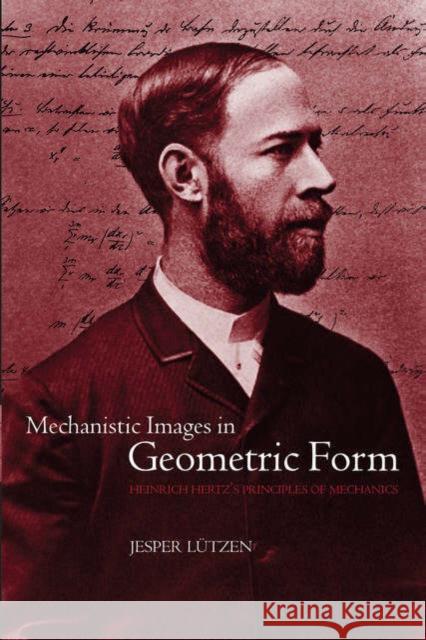Mechanistic Images in Geometric Form » książka
Mechanistic Images in Geometric Form
ISBN-13: 9780198567370 / Angielski / Twarda / 2005 / 332 str.
This book gives an analysis of Hertz's posthumously published 'Principles of Mechanics' in its philosophical, physical and mathematical context. In a period of heated debates about the true foundation of physical sciences, Hertz's book was conceived and highly regarded as an original and rigorous foundation for a mechanistic research program. Insisting that a law-like account of nature would require hypothetical unobservables, Hertz viewed physical theories as (mental) images of the world rather than the true design behind the phenomena. This paved the way for the modern conception of a model. Rejecting the concept of force as a coherent basic notion of physics he built his mechanics on hidden masses (the ether) and rigid connections, and formulated it as a new differential geometric language. Recently many philosophers have studied Hertz's images and historians of physics have discussed his forceless mechanics. The present book shows how these aspects, as well as the hitherto overlooked mathematical aspect, form an integrated whole research on electromagnetism. Therefore it is also a case study of the strong interactions between philosophy, physics and mathematics. Moreover, the book presents an analysis of the genesis of many of the central elements of Hertz's mechanics based on his manuscripts and drafts. Hertz's research programs was cut short by the advent of relativity theory but it's image theory influenced many philosophers as well as some physicists and mathematicians and its geometric form had a lasting influence on advanced expositions of mechanics.











